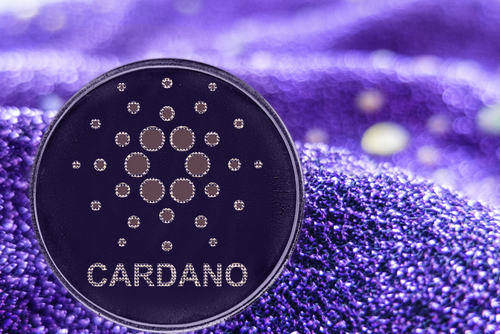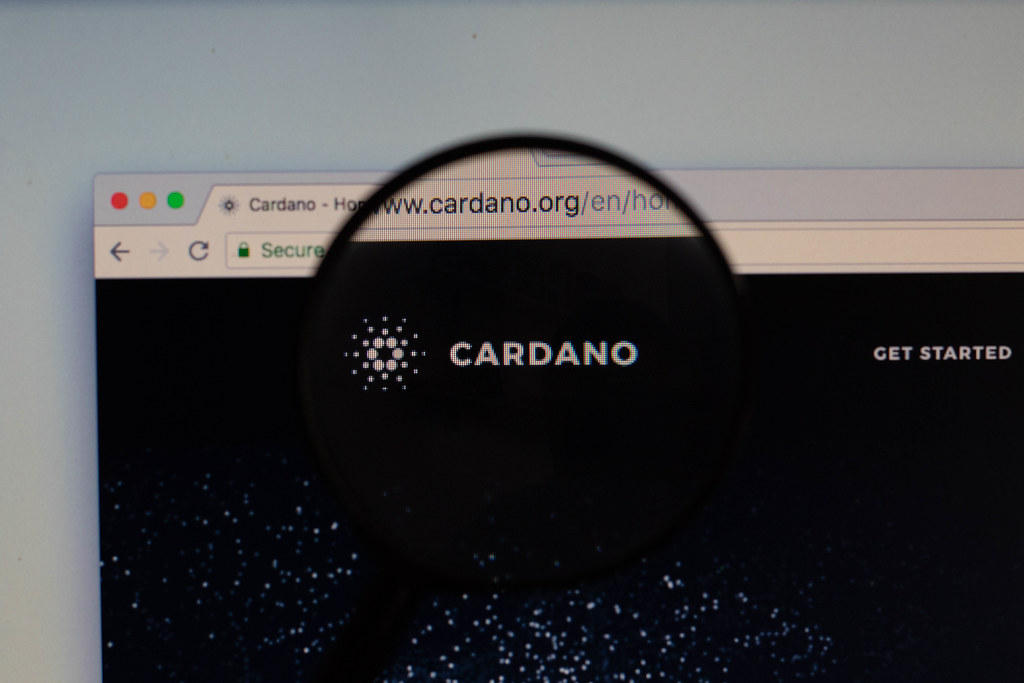Cardano faces heavy blockchain overload of up to +- 90% following the block size increase in November as we reported in our Cardano ADA news.
Following a series of major network developments in the past few months, Cardano is already being stretched to the processing limits and its blockchain overload has been over 90% in the past week which is the longest amount of time that it sustained this level. Cardano faces heavy blockchain overload which refers to how much memory space in the average Cardano block is filled. A 100% load means that the blocks are at their limit while 0% means they are void of activity.
According to the data from Cardano blockchain insights, the blockchain load surged in January and increased from 55% to 91% on the 16th. This only increased the load so far and sustained itself above 90% since January 19th. This includes an ATH for a blockchain load of the 21st at 94.%. in order to meet the rising network demand, Cardano announced an increase in block size by 12.5% a few months ago. This could signal that Cardano is struggling to scale and shows that the blockchain adoption rate is increasing. For example, traffic increased dramatically since September when the network finally introduced smart contracts.
Cardano’s price has been down since the Alonzo upgrade and peaked at over $3 in September but is now trading over $1.05. over the latter part of the last year, Cardano saw a lot of its spotlight as an eco-friendly smart contract platform that is stolen by Solana that surpassed it in November. Amid the recent market crash, ADA held its ground better than Solana and maintained a market cap of $33 billion. While Cardano is opting for a block-size increase, both BTC and ETH are taking other methods to make sure a scalable future is here as adoption grows. Bitcoin is scaling through layers like the lightning network to process transactions off-chain and settle them in groups on the main chain. Ethereum is exploring similar solutions like rollups alongside validation techniques like Sharding.
BTC holders rejected an increase to block size in 2017 by refusing to adopt SegWit 2x whcih is a solution that can hurt the network decentralization.

As recently reported, Cardano’s first dapp went live on mainnet but a few errors on the platform many failed transactions caused by the network congestion which left the users frustrated. The SundaeSwap mainnet launch caused congestion on the network while the Cardano community was quite excited when smart contracts were enabled on the network after the Alonzo upgrade last year. There have been some minor issues since then, however.
DC Forecasts is a leader in many crypto news categories, striving for the highest journalistic standards and abiding by a strict set of editorial policies. If you are interested to offer your expertise or contribute to our news website, feel free to contact us at editor@dcforecasts.com
























Discussion about this post